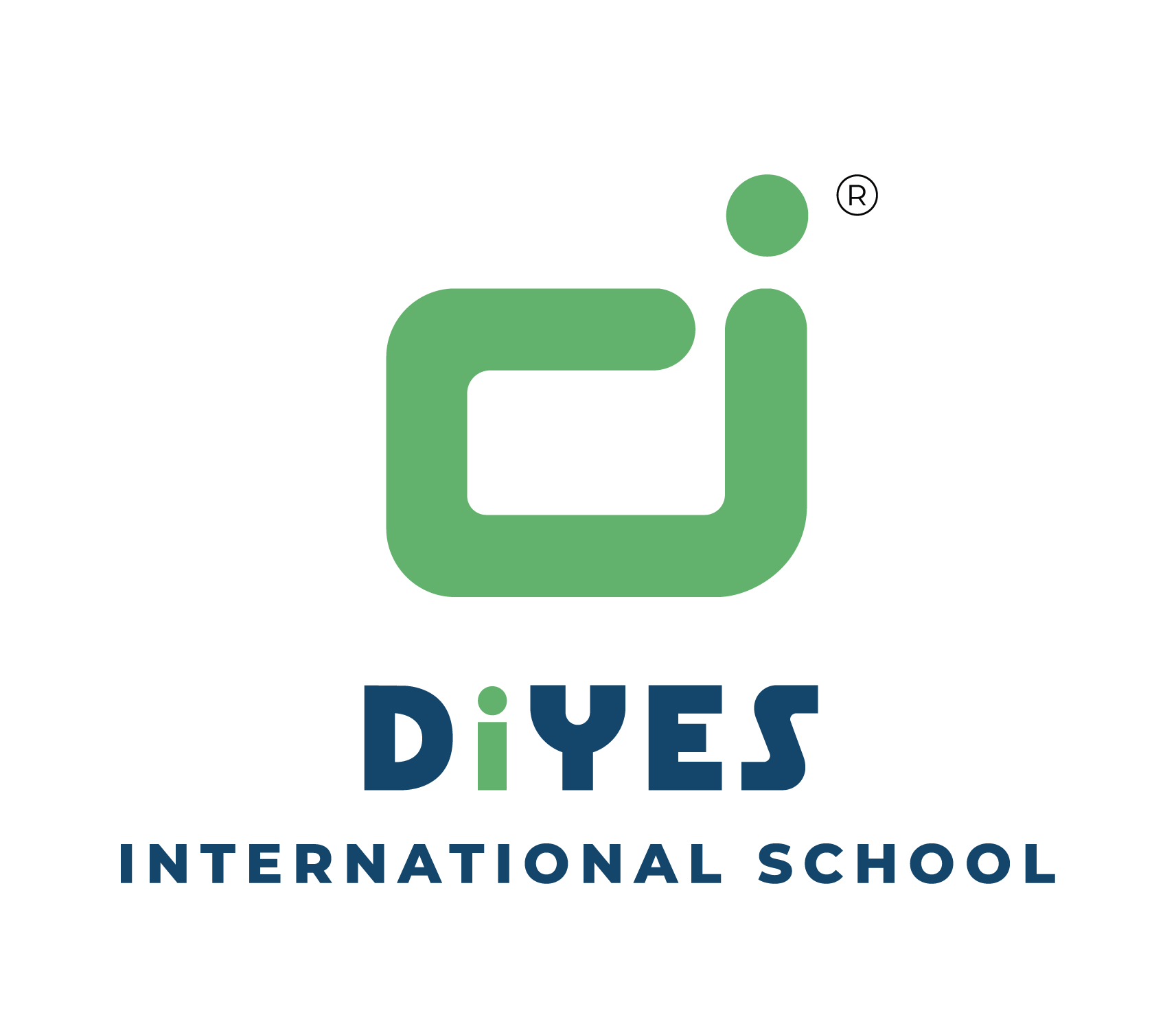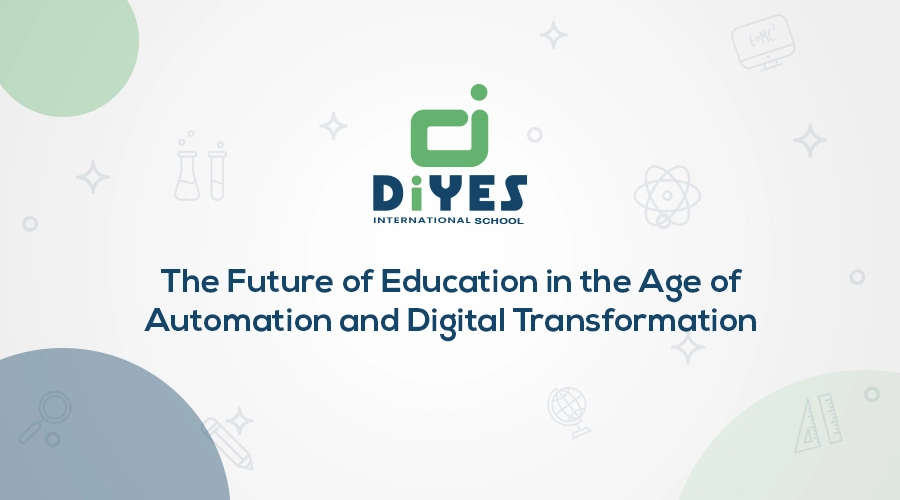Education is undergoing a major transformation in the 21st century as new technologies and innovations are reshaping the way we learn, teach, and interact. Automation and digital transformation are creating new opportunities and challenges for students, teachers, and educational institutions. The future of education in the age of automation and digital transformation is a topic that has been widely discussed and debated by educators, policymakers, researchers, and learners.
In this blog post, let’s explore some of the trends and innovations that are shaping the future of education and the best practises and strategies that can help educators and learners adapt and thrive in the changing landscape.
One of the key drivers of change in education is the rapid advancement of automation and artificial intelligence (AI), which are transforming various sectors and industries, creating new demands for skills and competencies, and disrupting traditional models of work and learning. The learners will need to develop not only technical skills but also soft skills such as creativity, critical thinking, collaboration, communication, emotional intelligence, and adaptability. To equip learners with these skills, educators will need to adopt new pedagogies and curricula that are more learner-centred, project-based, interdisciplinary, and experiential.
In a world where automation and digital transformation are reshaping every sector, STEAM education is essential to equip students with the skills and mindsets they need to thrive. STEAM education integrates the arts and humanities with STEM disciplines, fostering creativity and innovation across domains. STEAM education is not only a pedagogical approach, but also a vision for the future of education.
Another key driver of change in education is the digital transformation, which is enabling unprecedented access to information, resources, tools, and networks for teaching and learning. The COVID-19 pandemic has accelerated this trend, as millions of educators and learners have shifted to online or hybrid modes of delivery due to school closures and social distancing measures. According to a report by UNESCO, over 1.6 billion learners in more than 190 countries were affected by school closures at the peak of the crisis in April 2020. This has posed significant challenges for ensuring continuity of learning, quality of education, equity of access, and inclusion of marginalised groups.
To overcome these challenges, educators will need to leverage technology to optimise learning outcomes and personalise instruction for each learner. For example, some educators are using learning analytics, adaptive learning systems, and AI-powered tutors to collect and analyse data on learners’ progress, performance, preferences, and feedback and provide customised guidance, feedback, and support. Some educators are also using blended learning models, which combine face-to-face and online interactions, to offer more flexibility, choice, and autonomy for learners.
Trends and Innovations in the Future of Education
One of the major trends that is transforming education is the rise of automation and artificial intelligence (AI). Automation and AI are expected to disrupt many industries and occupations, creating new demands for skills and competencies, as well as new opportunities for learning and development. According to a report by the World Economic Forum, by 2025, 85 million jobs may be displaced by machines, while 97 million new roles may emerge that are more adapted to the new division of labour between humans, machines, and algorithms. The report also estimates that by 2025, 50% of all employees will need reskilling, and that the most in-demand skills will include critical thinking, problem-solving, creativity, communication, collaboration, emotional intelligence, and digital literacy.
To prepare students for this changing landscape, educators need to adopt a lifelong learning mindset and foster a culture of curiosity and innovation in their classrooms. They need to shift from a content-based curriculum to a competency-based curriculum, where students learn how to learn, how to think critically and creatively, how to communicate effectively and collaborate with others, how to adapt to changing situations and solve complex problems, and how to use technology responsibly and ethically. They also need to provide students with opportunities to explore their interests and passions, develop their talents and strengths, and pursue their goals and aspirations.
Another trend that is reshaping education is the digital transformation. Digitalization or Digital transformation refers to the use of digital technologies to enhance the quality, accessibility, and efficiency of education processes and outcomes. Digital transformation has accelerated during the COVID-19 pandemic, as many schools have shifted to online or hybrid modes of delivery, using various platforms and tools to facilitate teaching and learning. The digitalization of education is not a one-time event, but a continuous and dynamic process that requires constant adaptation and innovation. The digitalization of education also poses ethical, social, and political questions that need to be addressed by all stakeholders in the education system. Digital transformation in education involves rethinking and redesigning the ways of teaching and learning, as well as the roles and relationships of educators and learners, in order to leverage the potential of digital tools and resources. Digital transformation has also enabled new forms of education, such as personalized learning, adaptive learning, blended learning, flipped learning, gamified learning, project-based learning, inquiry-based learning, etc. The impact of digitalization on education is profound and multifaceted.
How are Automation and Digital Transformation Affecting Education?
Automation and digital transformation are affecting education in several ways, such as:
- Increasing the demand for new skills and competencies: As automation replaces some of the routine and repetitive tasks, students need to develop new skills and competencies that are relevant to the future workforce, such as creativity, critical thinking, problem-solving, collaboration, communication, and digital literacy.
- Enabling new modes and methods of learning: Automation and digital transformation are enabling new modes and methods of learning that are more flexible, personalized, interactive, and engaging, such as online learning, blended learning, adaptive learning, gamified learning, micro-learning, and more.
- Enhancing the role and capacity of teachers: Automation and digital transformation are enhancing the role and capacity of teachers by providing them with tools and resources that can help them design, deliver, and assess learning more effectively and efficiently, such as learning management systems, artificial intelligence, data analytics, feedback systems, and more.

- Improving the quality and accessibility of education: Automation and digital transformation are improving the quality and accessibility of education by making it more affordable, convenient, inclusive, and equitable for learners of different backgrounds, abilities, preferences, and needs.
How to Optimise Learning Outcomes and Personalise Instruction?
To optimise learning outcomes and personalise instruction in the age of automation and digital transformation, some of the best practices are:
Aligning learning objectives with industry standards and expectations: To ensure that students are prepared for the future workforce, educators need to align their learning objectives with industry standards and expectations, such as the 21st-century skills framework or the OECD’s global competency framework.
Adopting a learner-centered approach: To ensure that students are motivated, engaged, and empowered in their learning process, educators need to adopt a learner-centered approach that takes into account their prior knowledge, interests, goals, preferences, and needs.
Leveraging technology to enhance learning: To ensure that students have access to high-quality content, feedback, and support in their learning process, educators need to leverage technology to enhance learning by using various tools and platforms that can facilitate online learning, blended learning, adaptive learning, gamified learning, micro-learning, and more.
Providing differentiated instruction: To ensure that students have optimal learning experiences that suit their individual abilities, levels, and paces of learning, educators need to provide differentiated instruction by using various strategies such as grouping students based on their readiness or interest levels or offering them different types of activities or assessments.
Implementing formative assessment: To ensure that students have timely feedback on their progress and performance in their learning process, educators need to implement formative assessment by using various methods such as quizzes, surveys, self-assessments, peer assessments, portfolios, rubrics, and more.
How can we prepare students for the challenges and opportunities of the 21st century? How can we optimize learning outcomes and personalise instruction to meet the diverse needs and preferences of learners? How can we leverage technology to enhance teaching and learning while also ensuring quality, equity, and inclusion?
One possible answer to these questions is DiYES International School, a leading institution that offers a unique and innovative approach to education.
DiYES International School is embracing automation and digital transformation in its education system. The school aims to equip its students with the skills and competencies they need for the future. Some of the initiatives that the school has taken to cope with automation include introducing a curriculum that integrates STEM (science, technology, engineering, and mathematics) with the arts, humanities, and languages, offering a variety of courses and electives that expose students to emerging technologies and innovations such as robotics, artificial intelligence, virtual reality, augmented reality, and more.



DiYES also provides students with access to state-of-the-art facilities and equipment such as labs, maker spaces, 3D printers, drones, laptops, and more. By adopting these practices, DiYES International School is preparing its students for the future of education in the age of automation and digital transformation.


